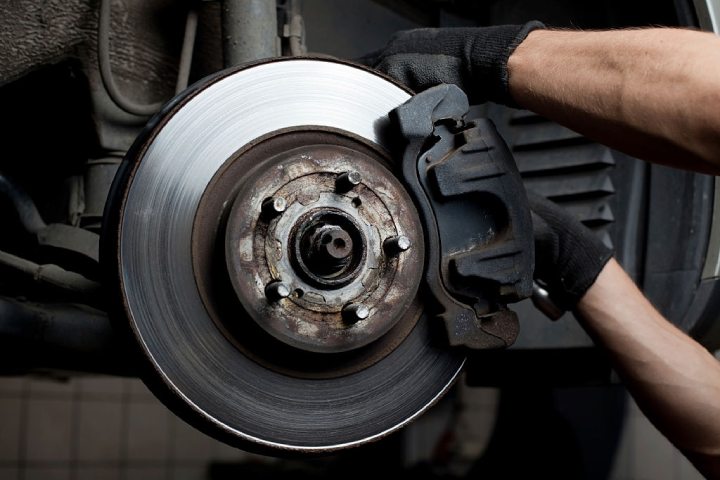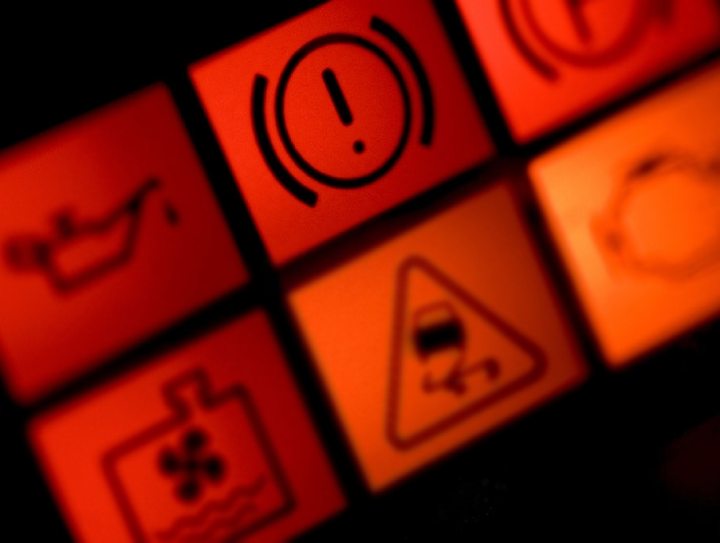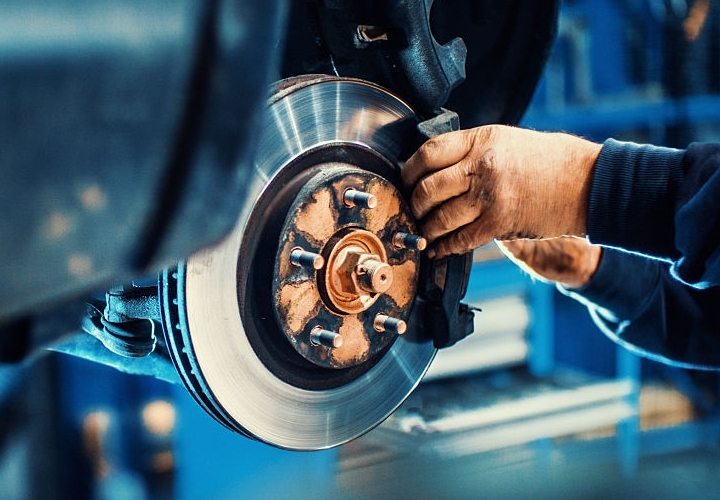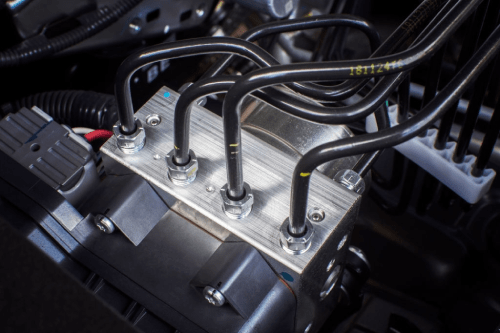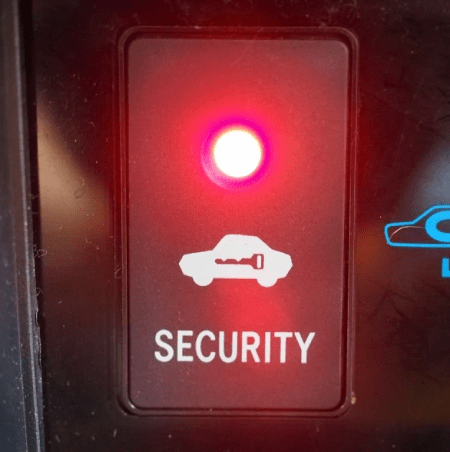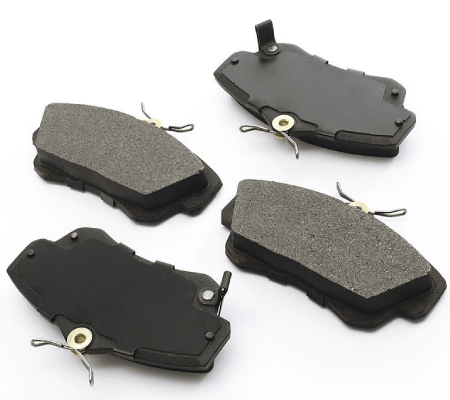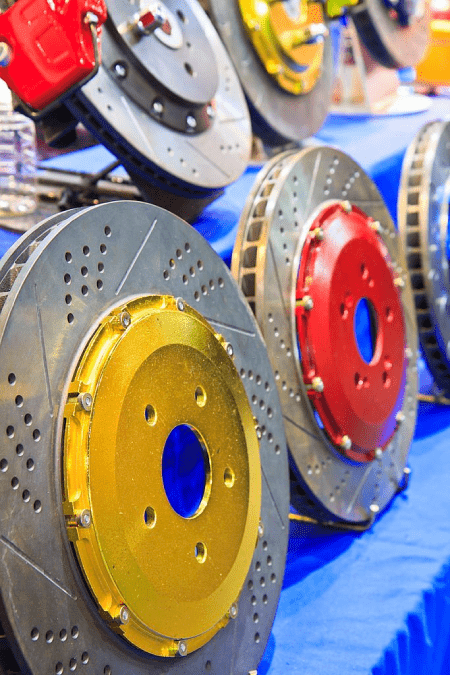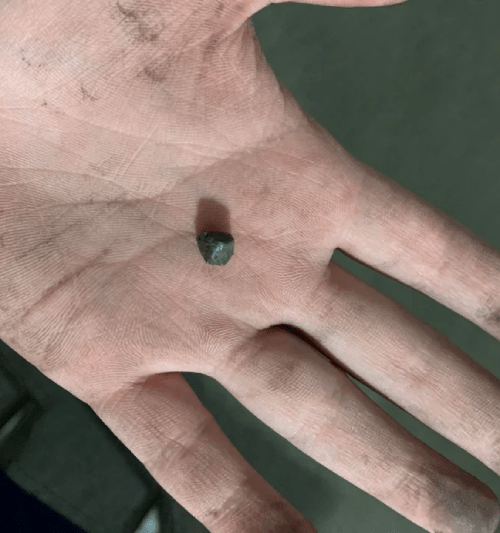Brake fluid is a requirement for every automobile. It significantly affects the brakes because it takes all the pressure to stop your car. Brake fluids in your cylinder tank can last your automobile for a long time without harm.
There’s a but, though. Brake fluid doesn’t go well with moisture being trapped inside the system – there will be an issue if exposed to air, and with time, it can cause damage to your braking system components.
- Can you add brake fluid without draining/ bleeding?
- What is bleeding your brakes?
- How do you bleed brakes by yourself?
- Will brakes eventually bleed themselves?
- Can I mix old and new brake fluid?
- Should you fill brake fluid to the maximum?
- What happens if you overfill the brake fluid?
- Does the engine need to be cool to add brake fluid?
- What happens if I mix DOT 3 and DOT 4 brake fluid?
- Conclusion
Can you add brake fluid without draining/ bleeding?
Yes, you can. You can add brake fluid without removing the old fluid from your reservoir. If your brake system is not exposed to air, then it’s okay. Bleeding is unavoidable only when the brake fluid traps moisture from the air.
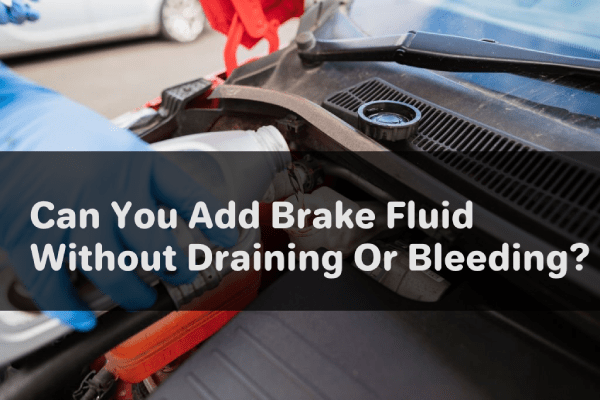
That’s why it’s essential to close the cylinder reservoir tightly not to allow air in since this could hinder the brake system from not functioning correctly. Still, without leakage in the braking system, you can go ahead and top your brake fluid. This short guide will aid you in the process.
- Open your bonnet, then locate the master cylinder reservoir.
- Open the lid of the reservoir but before opening, check out for dust and wipe clean with a rag. You don’t want dust getting into the brake fluid.
- Observe the color of the brake fluid. If it’s slightly dark, go ahead and add the extra fluid.
- Bring out new brake fluid and pour it into the reservoir. When adding, be extra careful. The spilling of brake fluid could cause paint damage that cannot be reversed.
- Stop filling when the brake fluid reaches the maximum line on your reservoir.
- Cover the cylinder cap tightly, and then you’re done with the process.
What is bleeding your brakes?
Bleeding your brakes is removing trapped air in your brake system. Over time, this could eventually lead to failure in your brake system. Several ways could allow air into the braking system.
- If your brake pads are exhausted, it could decrease the quantity of fluid in the master cylinder. When the amount drops so low, air can get into the system.
- Leaks on the brake pipes or lines could also let the air into the brake lines.
- Constantly forcing the brake pads to a stop allows for air too.
- Other factors could also contribute.
Now, If the air and moisture are not bled from the system, the brake pads will start malfunctioning. When the pedals are engaged, they might not react as they initially do. You might have to press them almost to a floor level before they respond.
And you know what that amounts to. To avoid road disasters or any other mishaps, bleeding must often be done for the proper functioning of your automobile.
How do you bleed brakes by yourself?
Since you will be bleeding your brakes, let’s first get into when you know it’s the right time to bleed. So, here is it. Get for yourself a brake fluid tester pen. This is used to test for the amount of moisture trapped in the brake oil in the reservoir. It’s a very easy procedure. Take the fluid tester, and turn it on by pressing the top button. It would indicate a green light to show it’s activated.
Take off the cover of the pen, then open the reservoir. Dip the pen into the brake fluid, and it tests it. Don’t forget to cover the reservoir tightly. The lights that would come up will indicate the quantity of moisture trapped in the brake fluid.
If it shows the initial green color, then a yellow, you have less than 1% moisture. Your automobile is in good condition; you don’t have to flush the brake fluid. But if it shows a green light, then yellow, and yet another yellow light at approximately 3%, the brake fluid needs to be changed. By this time, bleeding is a requirement.
Here are the steps involved in bleeding your braking system:
- STEP 1
Support your automobile with a jack to remove the wheels with ease. Open your bonnet, then support it.
- STEP 2
Get for yourself a vacuum pump. This is used to remove gas from a confined space. In this scenario, this vacuum pump will be used to suck up the brake fluid in the master cylinder.
- STEP 3
After sucking out most of the brake fluid, don’t suck all out. Add new brake fluid to the reservoir. Make sure you cover the new brake fluid tightly so as not to absorb air and moisture.
- STEP 4
Then it’s time to bleed the brakes. First, you exude the right rear wheel. Locate the brake bleeder screw or valve. It’s usually at the back side of the wheel.
- STEP 5
Open the valve, then attach it to the vacuum pump. Use the vacuum pump to suck up the old fluid. Go on to the left rear wheel and do the same. Then the right front wheel is followed by the left front wheel.
- STEP 6
While bleeding, check out the cylinder reservoir to avoid running it dry. Apply new brake fluid in the process. Stop bleeding when you see bubbles no more in the cylinder and when the brake fluid has gotten clearer. Then add the new brake fluid to the maximum line.
- STEP 7
The whole process is completed. Put back the wheels of your automobile. Go for a brake test to see whether the whole process yields good results. If they feel firm rather than unsteady, the brakes are now in good condition.
Will brakes eventually bleed themselves?
Bleeding your brakes is a whole process that requires effort. Brakes will not eventually bleed themselves. If you notice that your brakes feel spongy, that’s the air and moisture that has gotten into the braking system. Find yourself a mechanic or try a vacuum bleed method by yourself. Brakes won’t bleed themselves.
Can I mix old and new brake fluid?
Mixing old and new brake fluids will depend on their specification and composition, as there are glycol-based and silicon-based brake fluids. As long as they are based on the same compound, it should not be a problem if you mix them.
Here is a real-life example. If you already had a DOT 4 and just got a DOT 5.1, you can mix the two. They are glycol-based and won’t cause any form of damage. Please don’t mix a DOT 5 with a DOT 4. DOT 5 fluids are silicon-based and should not be combined with any other brake fluid. Mixing will cause harm to your automobile unless the entire braking system is washed out several times to eliminate the effect.
Another factor to consider is whether the old fluid is still in good condition. How was it conserved? Was it tightly closed after use in order not to allow moisture in? Consider these factors before mixing your brake fluids.
Should you fill brake fluid to the maximum?
Yes, you can fill the brake fluid to the maximum line, but anything above the maximum line can be a problem for the braking system. If the brake fluid fills the reservoir, there will be no room for expansion since brake fluids expand when heated.
What happens if you overfill the brake fluid?
Brake fluids are for the maximum line on your cylinder. There are possible damages if this line is exceeded.
- When engaging your automobile’s brakes, the calipers are getting hot, and the fluids get hot too. The brake fluids, from the heat, expand and get above the maximum line. If there’s no room for expansion, the fluid will force itself either out of the cap or one of the brake lines.
- Another downside of overfilling the brake fluid reservoir is that the brake pads will be on all the time. When the master reservoir is full, engaging the brakes will make them come in contact with the rotor. This would probably lead to dragging brakes when engaged, worn brake pads in no time, and the overall brake system overheating.
Does the engine need to be cool to add brake fluid?
It’s best for the engine to cool because of burns and to get an accurate level for the brake fluid. While it’s hot, the brake fluid expands and tends to increase, but for accurate results, it’s best when cooled.
What happens if I mix DOT 3 and DOT 4 brake fluid?
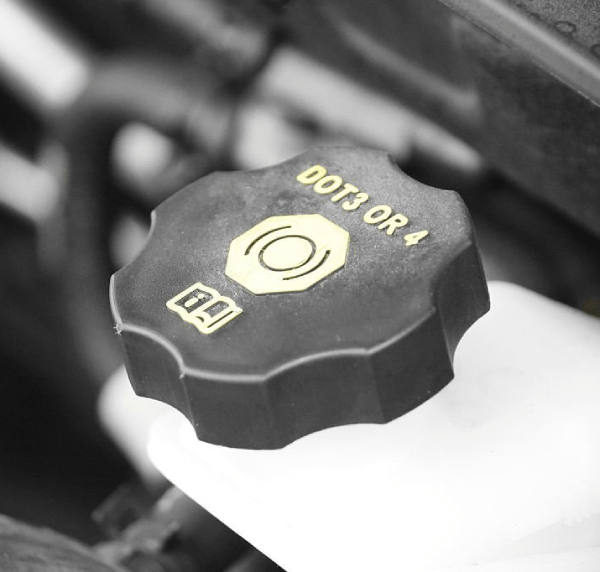
DOT 3 is fine for every day and consistent driving. Regular drivers use this type of brake fluid. DOT 4, on the other hand, is suitable for fast driving and spinning because of its high boiling point. The boiling point is the main difference between DOT 3 and DOT 4. Mixing the two brake fluids will do no damage to your automobile. So, yes, you can mix them since they are glycol-based.
Conclusion
Bleeding your car’s braking system frequently, say every two years, is essential as a vehicle owner. Know when to bleed and do the needful. This will save you from hazards you can incur by ignoring the brake system.
If, however, there is a leak and you need to top up the brake fluid, you can do so without emptying the old one, as long as they have the same specification.
Sources
https://parts.olathetoyota.com/blog/when-to-bleed-brake-system
https://usa-autotransport.com/how-to-add-brake-fluid/
https://www.autozone.com/diy/performance-chemicals/how-to-bleed-brake-fluid-by-yourself
https://www.nergersautoexpress.com/blog/how-do-i-know-if-i-have-air-in-my-brake-lines
Every since I was a little boy, I can remember spending the afternoons in my dad’s repair shop. I got my first car at 16 and it was the best feeling ever!
I have contributed to various automotive publications but decided it’s finally time to settle for something constant.

